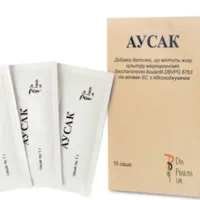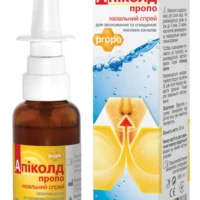Description
Epinephrine Solution
Composition:
Active ingredient: Epinephrine
1 ml of solution contains adrenaline tartrate 1.82 mg
Excipients: Sodium metabisulphite (E 223), Sodium chloride, Water for injection
Mechanism of Action:
Epinephrine solution is a cardiostimulating, vasoconstrictor, hypertensive, antihypoglycemic agent. It stimulates α- and β-adrenoceptors, affecting smooth muscles, cardiovascular and respiratory systems, and activating carbohydrate and lipid metabolism. The mechanism involves the activation of adenylate cyclase, increasing cAMP and Ca2+ concentrations.
The first phase involves stimulation of β-adrenoceptors, leading to tachycardia, increased cardiac output, bronchodilation, and more. The second phase stimulates α-adrenoceptors, narrowing blood vessels and increasing blood pressure.
Indications for Use:
- Allergic reactions (anaphylactic shock)
- Bronchial asthma
- Arterial hypotension
- Hypoglycemia
- Cardiac arrest
- Extending local anesthetic effects
- AV blockage of the III degree
Contraindications:
- Increased sensitivity to components
- Cardiomyopathy, aortic stenosis, tachyarrhythmia, ventricular fibrillation
- Pheochromocytoma, angle-closure glaucoma
- Shock (except anaphylactic)
- General anesthesia with certain agents
- II period of childbirth
- Application on specific areas
Usage Instructions:
Adults:
For anaphylactic shock: Intravenously inject 0.5 ml slowly, diluted in 20 ml of 40% glucose solution. Subsequent doses can be administered intravenously or subcutaneously.
For bronchial asthma: Subcutaneously inject 0.3-0.5 ml; repeat as needed every 20 minutes.
For asystole: Intracardiac or intravenous administration as needed.
Children:
For asystole in infants: Intravenously administer based on body weight. For anaphylactic shock and bronchospasm: Administer subcutaneously or intramuscularly based on body weight.
Benefits:
Epinephrine solution offers rapid and effective treatment for allergic reactions, asthma, hypotension, and cardiac arrest compared to other agents.
Suitable Patient Groups:
Epinephrine can be used in children and adults under proper medical supervision.
Storage and Packaging:
Store in a cool, dry place. Check the expiration date before use. The product is available in specific packaging sizes with detailed instructions.





